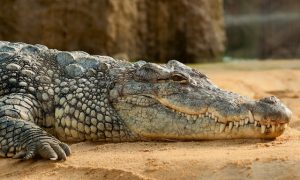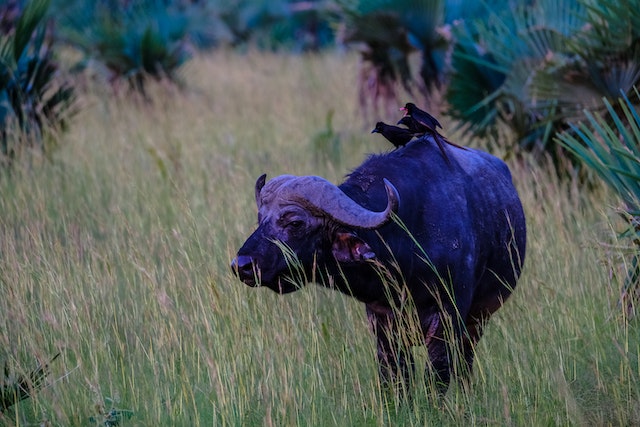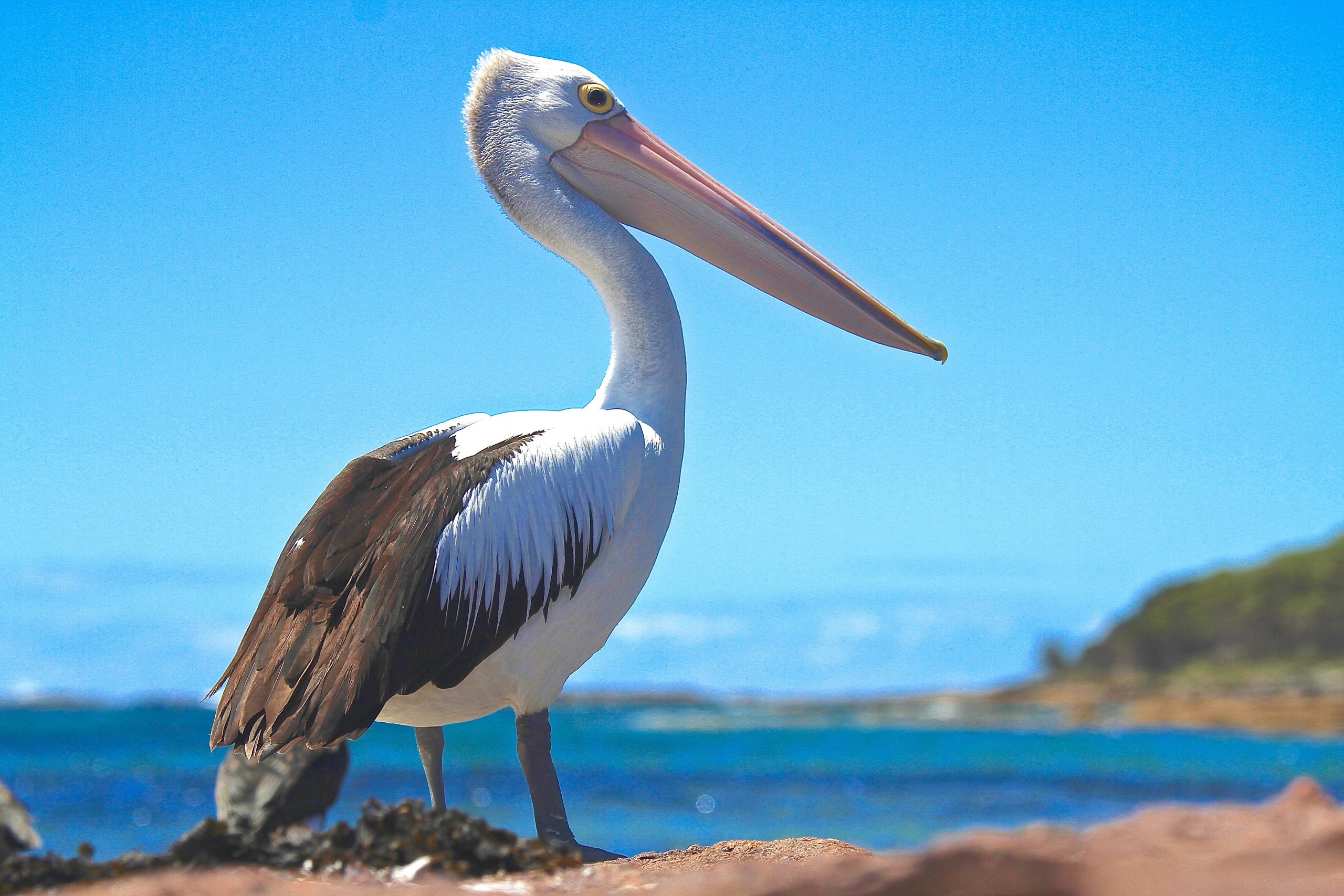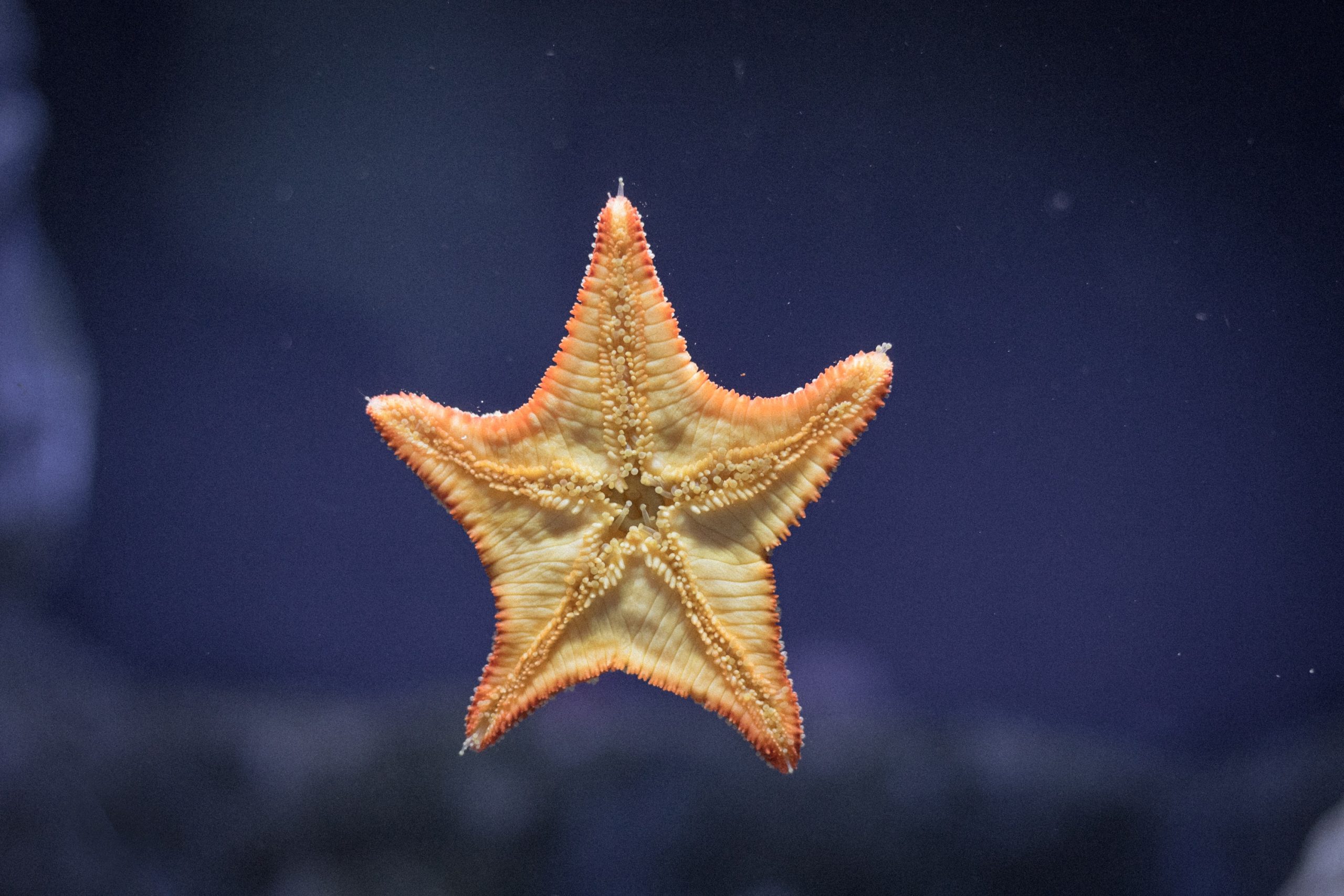Introduction to Crocodile Evolution
Crocodiles are living relics of the past, their lineage tracing back to the fascinating era of archosaurs – the common ancestors of crocodiles, birds, and dinosaurs. Over the course of millions of years, these ancient reptiles have undergone incredible transformations, adapting to a changing world and emerging as powerful apex predators. Join us as we unveil the mysteries surrounding the evolution of these incredible creatures.
Ancient Beginnings: Crocodile Ancestors
To comprehend the evolution of modern crocodiles, we must first journey back to the distant past. The crocodile lineage emerged from archosaurs known as crocodylomorphs, which thrived during the Mesozoic era. These early crocodile ancestors displayed a diverse array of forms, ranging from terrestrial to aquatic, illustrating the adaptive nature of this lineage. As geological epochs shifted, some crocodylomorphs ventured into aquatic habitats, setting the stage for the evolution of the crocodiles we recognize today.

Adaptations for Survival: A Glimpse into Crocodile Evolution
Survival through the ages demanded remarkable adaptations, and crocodiles rose to the challenge. Their iconic armored bodies provided protection against predators, and their distinctive snouts facilitated efficient hunting techniques. With eyes positioned above the water’s surface, they can stealthily approach prey while remaining nearly invisible. These adaptations have contributed to their unparalleled success as hunters and survivors in a dynamic world.
From Past to Present: Modern-Day Crocodile Diversity
The present-day crocodile family encompasses an astonishing array of species, each finely tuned to its specific habitat. From the saltwater crocodile, a formidable marine predator, to the slender-snouted gharial, specially adapted for fish hunting, the diversity of crocodilians is a testament to their continued evolutionary success. Some species have barely changed over millions of years, earning them the title of “living fossils” – a window into the past that helps us unlock the mysteries of ancient ecosystems.
In conclusion, the evolution of crocodiles is a captivating narrative that reflects the intricate dance between ancient creatures and their ever-changing environments. From the archosaurs of the past to the diverse crocodilians of today, these creatures have demonstrated remarkable resilience and adaptability. By studying their evolution, we gain insights into the larger tapestry of life’s journey on Earth. So, next time you encounter a crocodile basking in the sun, take a moment to appreciate the living legacy of a lineage that has endured and evolved through the ages.










